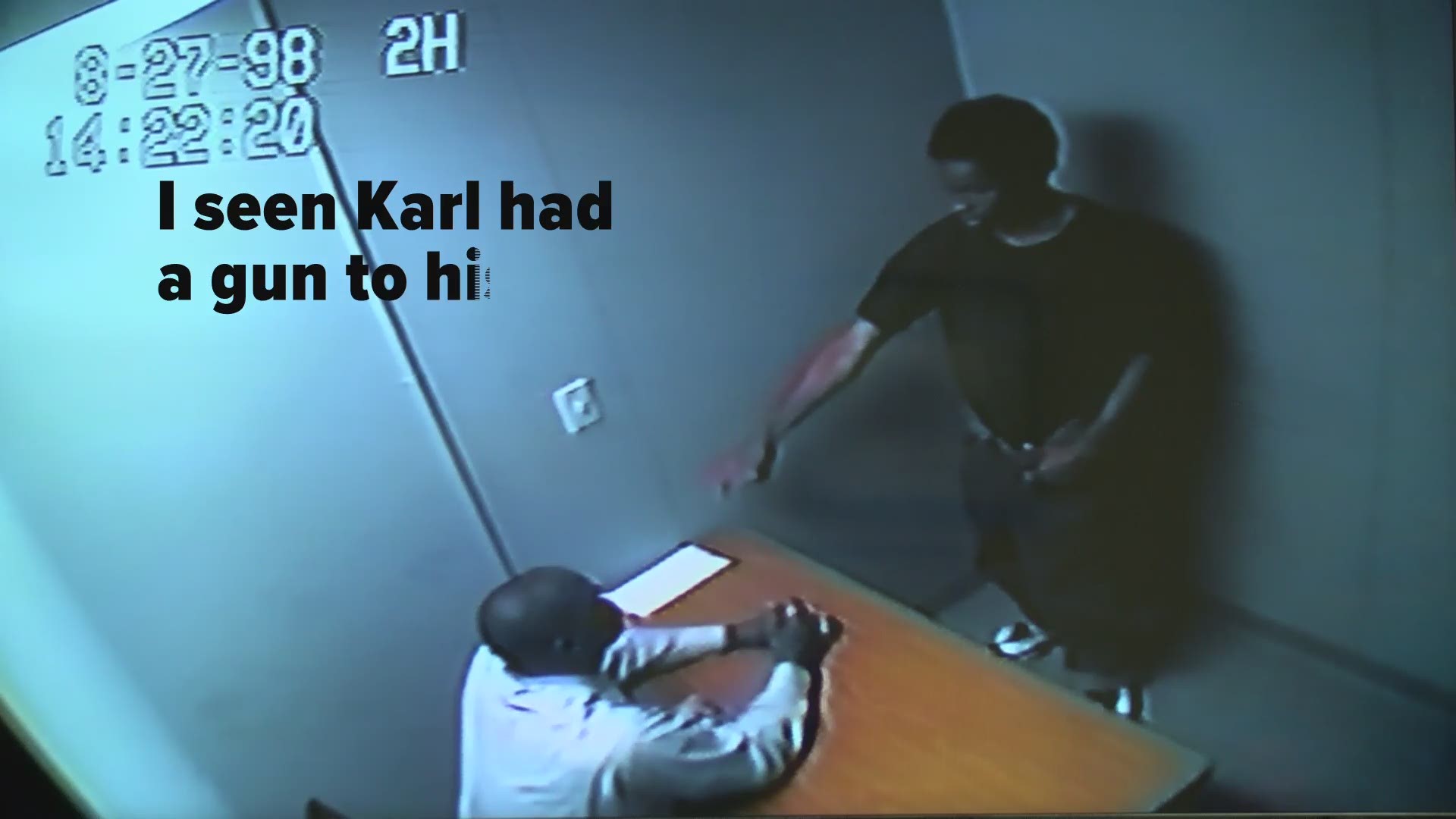11 Investigates: Man who implicated 2 in teen's 1998 murder says he lied in his confession, with police help
Travis Slaughter got a deal in exchange for his 2000 testimony, which sent Karl Willis and Wayne Braddy to prison for decades. He's out. They remain behind bars.
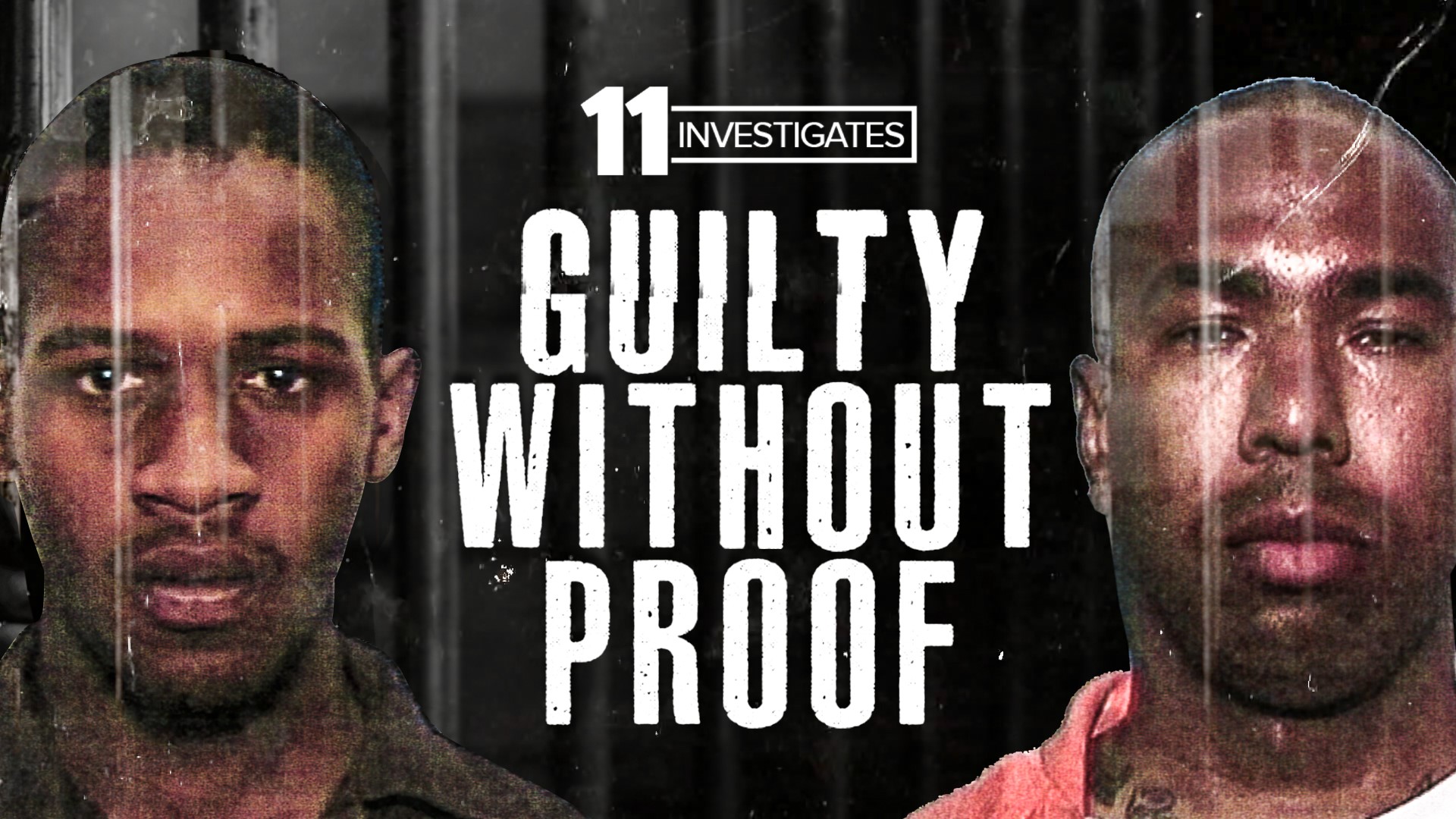
“I could no longer live with the guilt, burden, shame of two innocent men doing 23 years to life because of my false testimony. It’s like I killed two men, and they are haunting me.” - Travis Slaughter
-------------------------------------------------
It is actually shocking to see Travis Slaughter walk into an Akron-area library.
The Travis Slaughter from the late-1990s headlines was a monster. His mug shot was of a glassy-eyed youth with unkempt hair shooting off in several directions. He was a rapist, a drug dealer, a mastermind of one of the most brutal killings in recent Toledo history. In the early morning hours of June 15, 1998, 13-year-old Maurice Purifie was beaten and shot five times in the middle of a central Toledo street. In court, Slaughter said he was responsible for that death.
But it is hard to square those images with the smiling man who briskly walks into the Portage Lakes library after 10 hours of work on a Tuesday night.
“I brought my own snacks,” Slaughter says, chuckling and extending a hand for a warm handshake.
11 Investigates has chased this “monster” for more than four months, starting with an appearance at his former Akron home. A personal letter was left with his roommate. Text messages were sent through friends. Over the following months, phone calls and texts were made.
Slaughter reached a deal with prosecutors in 1999 to implicate Wayne Braddy and Karl Willis in the killing. On the stand in January 2000, Slaughter said that he offered to pay Braddy and Willis $200 apiece to get money from Purifie, who Slaughter said was selling drugs for him. When the teen mouthed off, the three men killed him, though Slaughter said he never paid the men.
In exchange for that testimony, Slaughter got a plea deal that included him admitting guilt to an unrelated rape of a 12-year-old girl. His aggravated murder and aggravated robbery charges were reduced to involuntary manslaughter. He was released from prison about three years ago. Willis and Braddy have consistently maintained they are innocent, but they could spend the rest of their lives in prison.
Seemingly out of nowhere, Slaughter reached out to 11 Investigates in September, saying that its investigative report in August “rattled his cage.” He now wanted to tell “the true, unbelievable story” that he has run from for more than 20 years.
On Tuesday night, Slaughter came to the library to tell his story, a story that his probation officer and attorney begged him not to tell.
Shortly after he sat in front of the camera, the words began pouring out of the man who sent his two friends to prison for life. Lies, he said. They were all lies.
Chapter 1 The Search for a Killer
Shortly before daybreak on June 15, 1998, two men were driving home from work and cut down Horace Street, near Robinson Junior High in the central city. The driver slammed on the brakes when the men saw a body lying in the middle of the street.
When responders found Maurice Purifie, they believed that he had been dead for several hours, a victim of a hit-and-run driver.
But when they turned him over, they found small bullet holes in his head.
It was a high-profile killing. For days, it was all anyone talked about in the neighborhood. New rumors surfaced every day – gang initiation, drug deal gone bad, payback for a burglary, retaliation for a fight over a basketball game.
Callers to Crime Stoppers identified several suspects, but detectives ruled out all of those suspects, including Aaron Pettis and Tare Lake, whose home allegedly was burglarized by Maurice.
But in August 1998, detectives got a break when a woman identifying herself as Shondrea Rayford said that her boyfriend, Travis Slaughter, confessed to her that he killed Maurice over a drug debt.
Police brought Slaughter to Scott Park substation and grilled him for more than six hours. He finally broke and said he was with Braddy and Willis and that Willis killed the boy.
He offered similar testimony on the stand in January 2000, and on Jan. 7, a jury convicted Willis and Braddy of aggravated murder and aggravated robbery. They received 23 years to life in prison.
Willis erupted in court, screaming, “For something I didn’t do? For something I didn’t do?”
Slaughter’s deal with prosecutors, in exchange for his testimony, allowed him to be released about three years ago.

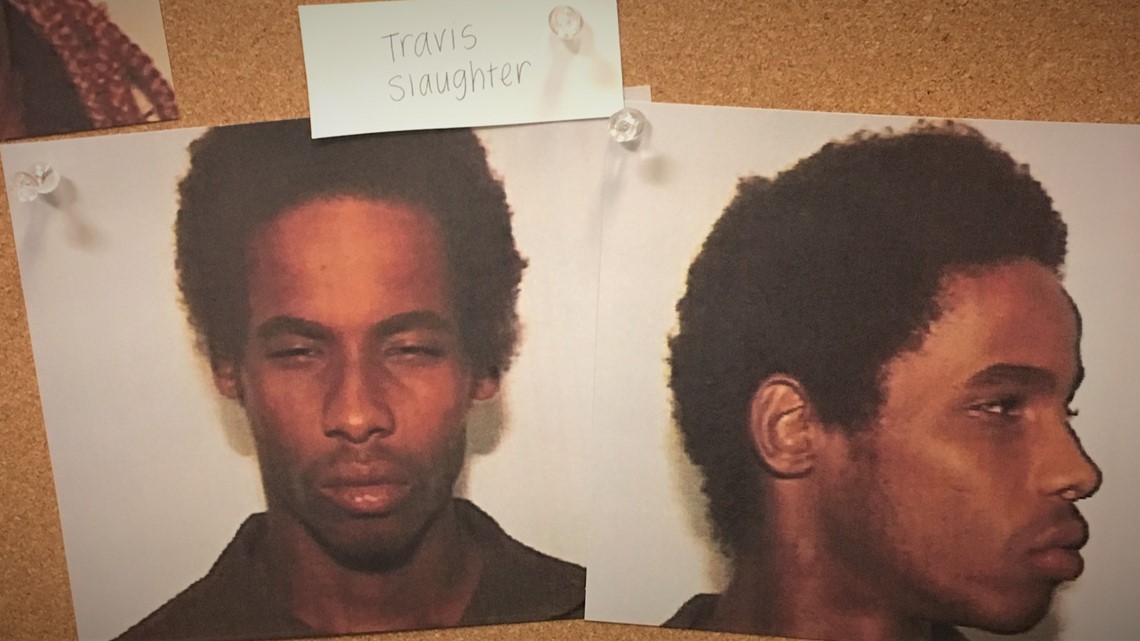


RELATED: 11 Investigates: Conviction & Integrity - What is being done to ensure the guilty are really guilty?
Chapter 2 Questions Arise
For more than 20 years, Braddy and Willis have maintained that they had nothing to do with Maurice’s death. In May, the Ohio Supreme Court refused to hear their appeal for a new trial. They are running out of options, unless Prosecutor Julia Bates’ office decides to reopen the case.
But 11 Investigates has poked several holes in the prosecution’s case against Braddy and Willis. Jury foreman was located and he agreed to sit down for an interview. He said two of the keys to the conviction were the appearance of Rayford in court and the men declining an opportunity to take the stand in their defense.
Rayford, however, was held in contempt of court when she stopped testifying. Judge Judith Lanzinger told the jury they needed to pretend as if she was never there and to draw no conclusions into why she may have stopped testifying.

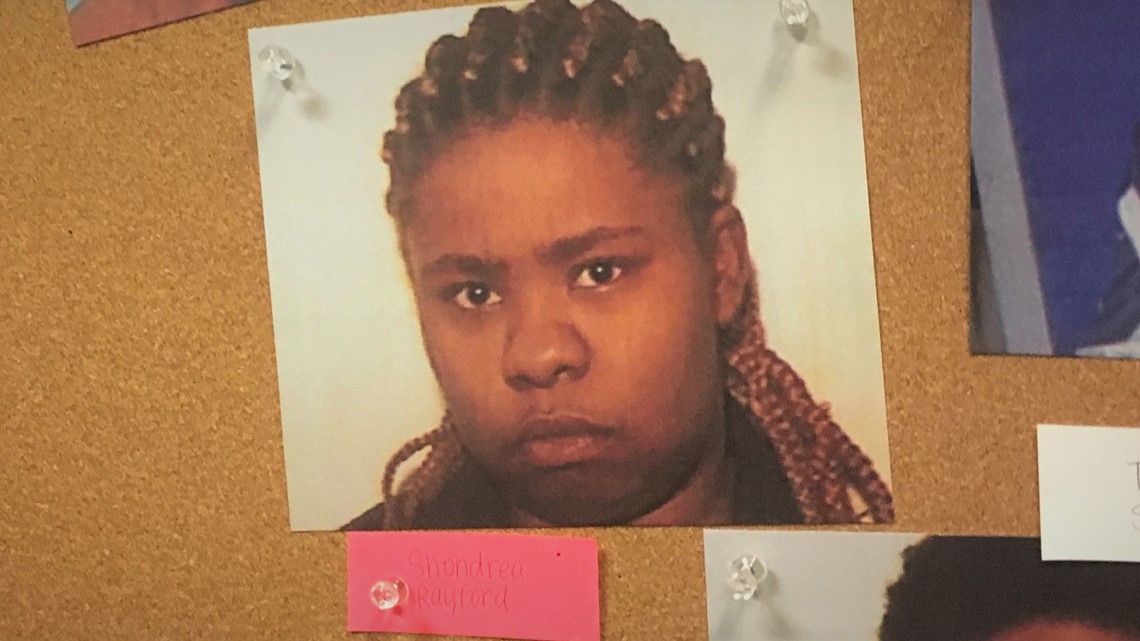
But, Crye said, the jury did draw conclusions. They believed she was afraid of Braddy and Willis. However, Rayford said that assumption was not accurate. Rayford told 11 Investigates that she stopped because she didn’t want to lie and tell the story that prosecutors wanted her to tell.
The state believed that she would say she overheard Willis and Braddy confess to the crime. She said no such conversation happened, and that she had absolutely no idea what happened to Purifie, but she was convinced that Braddy and Willis had nothing to do with it.
After a 30-minute special aired in August, Maurice’s brother, Troy, said that he too is convinced that the men played no part in his brother’s killing.
In the early 2000s, Slaughter provided an affidavit, saying that Braddy and Willis did not help him kill Purifie. But he never showed up in court, causing prosecutors to assume that he did not believe his own recanted testimony.
He did believe it, but he was afraid of incurring the wrath of the prosecutors.
After being released from prison, Slaughter tried to rebuild his life and avoid the demons from his past.
He made no statement about the case … until he saw his two former friends on YouTube, professing their innocence to 11 Investigates. The demons and nightmares returned. He knew he had to tell his story.
Chapter 3 Travis Slaughter's Story
"After the second story I told, they should have been like, ‘Get him the hell out of here. He’s wasting our time.’” - Travis Slaughter
Shortly after Maurice Purifie was killed, a front-page story appeared in The Blade. Slaughter’s mother was so angry and distraught about a child being killed in their neighborhood that she hung the story on the family’s refrigerator.
Slaughter says he read through the article and called up his girlfriend, Shondrea Rayford, telling her he killed Maurice.
“I wanted her to be scared of me so she wouldn’t leave me. I wanted her to think I was gangster,” he says.
Slaughter and Rayford’s relationship was complicated. Prosecutors portrayed them as inseparable and planning to be married.
But in fact, Slaughter and Rayford both told 11 Investigates that they had never seen each other in person. After a friend provided Rayford with Slaughter’s number, the pair would talk for hours on the phone each night.
Multiple people have told 11 Investigates that this friend - Rachel Starks - called Crime Stoppers, pretending to be Rayford, and told police that Slaughter was their man. When detectives showed up at Rayford's workplace, they slammed Slaughter’s mug shot in front of her. She didn’t know who it was, she says. She had never seen a picture of him.
The relationship between Slaughter and Braddy and Willis was equally complicated. At one point, the young men were together every day, partying, running the streets, “living the street life."
But that relationship was fractured in late spring 1998, when Slaughter began stealing their clothes.
“They were fly, flyer than me at the time. So I was like, ‘You know what? I want their clothes.’ That was my 17-year-old thinking.”
The theft didn’t go over well with Braddy and Willis, who confronted Slaughter in his home. They demanded money for the clothes.
“A struggle ensued. I gave them their money and told them to go about their business,” Slaughter says. “They said, ‘Look, Trav, we still cool, but we ain’t going to kick it like we used to.'”
Slaughter, however, wasn't as forgiving. He says he vowed to himself that he would get revenge for his friends turning on him.
Later that day, or maybe days later, Slaughter went to confront Willis, trying to draw him into an alley near Willis’ mom’s house. He told 11 Investigates that his intention was to kill Willis.
“I was highly upset. So when I was going to confront him, my intention was not to talk. My intention was to do him harm,” Slaughter says.
In separate interviews - and despite not talking since Braddy and Willis were sent to prison - all three men confirmed details of the falling out. Braddy eventually showed up and chased Slaughter away. They all agreed that it occurred in the weeks before Purifie’s death. The prosecution’s story in court was that on June 15, the men were partying all day and later ran into Purifie. According to the men, they hated each other at that point and were not hanging out. Braddy and Willis say it is ridiculous to believe they would kill a 13-year-old boy for a man with whom they were feuding with at the time.
However, fueled by the Crime Stopper tip, police believed that Slaughter was their guy and stormed his house on Aug. 27, 1998.
“I had gotten loaded the day before. I just got sloppy, nasty drunk - high as a bird. I woke up with a hangover,” Slaughter says. “The phone had rung, right? It was a cordless phone, and there was this static. A voice said: ‘Travis?’ Right when I set the phone down on the receiver, the door came booming in, flying off the hinges. And all I seen was a bunch of guys with guns and shields and facemasks.”
Detectives brought Slaughter in for interrogation, and he says he was too hungover and naïve to even think to ask for an attorney. Detectives pressed him. At times the detectives' tone turned threatening, and they said that multiple people already said Slaughter was involved. At one point, Detective Tom Ross stormed out of the room, saying he was done with Slaughter and was going to call the prosecutor to have him charged. The prosecutor, however, was not called until after police brought Braddy and Willis to the station. It was simply a mind game.
At other times, detectives comforted Slaughter and promised him that the truth would set him free and that the court would go easy on him because he was learning disabled and had a rough upbringing.

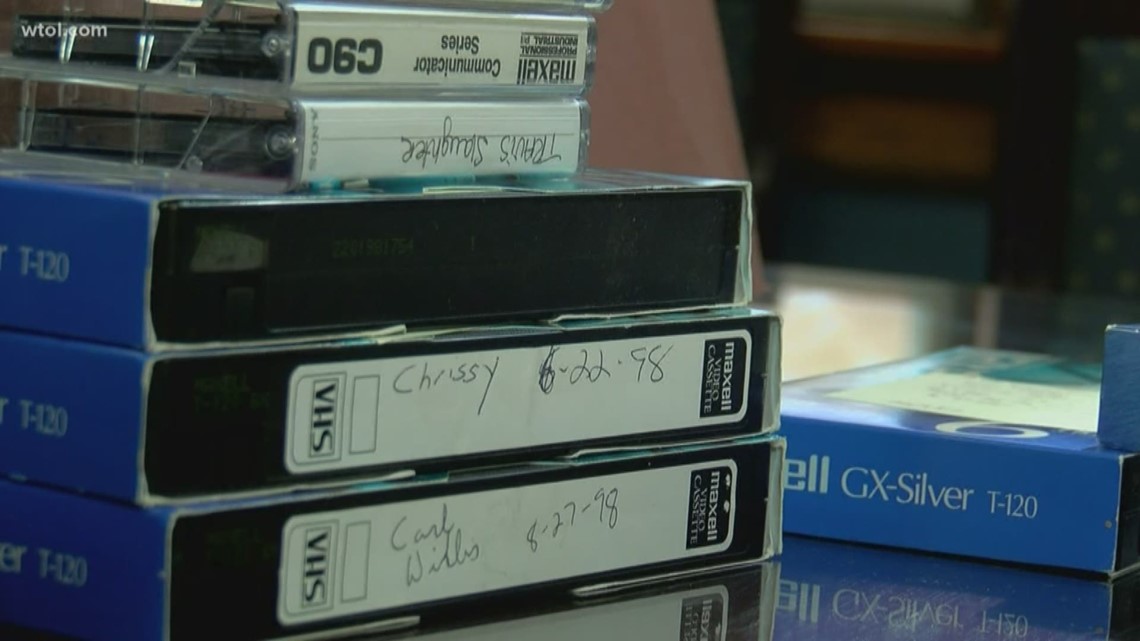
For more than five hours, Slaughter says he told the truth: He had nothing to do with the killing and that he only knew about it because of newspaper and TV reports.
But detectives continued to press, and he eventually broke at the six-hour mark.
“I was hungover. I was exhausted. I was hungry. I was tired, drained, and I just wanted out of there by any means necessary,” Slaughter says.
He told detectives that he was there when Maurice was shot. When asked who was there with him, he named Braddy and Willis. His story was that Maurice owed Willis money and that Braddy and Willis beat him, then Willis shot him as Slaughter watched.
“I felt like at that time if I could say something to get the pressure off, that they’d go along with it. Then I’d say more and they’d go along with it, then I could back my way out. But they outsmarted me.”
They told Slaughter that him being there made him as guilty as if he pulled the trigger himself. It infuriated him that he had been trapped, and he says he turned his anger on Braddy and Willis.
“I was so mad, man. I was so mad. I was enraged, and I said, ‘You know what? They goin’ with me, and we’ll figure it out from there.'”
And, according to Slaughter, he did figure it out - with the help of police and prosecutors. His testimony at trial was much different than what he said on Aug. 27. At trial, Slaughter said he was a drug dealer and that Maurice owed him money. He convinced Braddy and Willis to go along. He said he hit Maurice in the collarbone, then shot him in the chest. He said the men then passed the gun around, with Willis and Braddy shooting the boy in the head two times each.
But Slaughter says he knew none of those details - until police told him.
“I was helped. I was helped by police to orchestrate this story,” Slaughter says. “Whatever made sense to them. They’d say, ‘No, it couldn’t have happened that way. Weren’t you standing over here?’ And I had to keep telling that story over and over.”
The full-length video of Slaughter telling his story was given to Toledo Police detectives. Multiple calls for comment on the interview and the case have not been returned as of time of publication.
A psychologist examined the interrogation tapes in 1999 and concluded that Slaughter was, indeed, coerced by police but that it was not likely that a jury would believe him. 11 Investigates has asked a separate interrogation expert to review the videos and is awaiting that report.
Slaughter understands that the big question by people is going to be: “Why should we believe you?” And that the next question will be: “Why now?”
“Everything I’ve said, if it hasn’t convinced you, I don’t know what to tell you. Everything I said led up to where we are,” he says. “If you watch that video, you see that I denied it for five and a half hours. Around the six-hour mark, there is finally some sort of confession. But after the second story I told, they should have been like, ‘Get him the hell out of here. He’s wasting our time.’”
He says he was a young, uneducated man, with no ability to think of anyone but himself. He lived the street ethos that respect must be demanded. Willis and Braddy disrespected him by coming into his home and taking money from him. Rayford had to be shown that he should be respected and feared.
He is a much different man now. In several interviews, he expressed his desire to help others, live life as a Christian, and to shun his former life. He volunteers and has a successful job and a close group of friends who keep him on the right path, he says.
He was not able to appeal his case because he agreed to a plea deal and admitted guilt. The same deal that allowed him to avoid life in his prison has nonetheless kept him imprisoned, he says. It was examined by 11 Investigates, and it clearly says that Slaughter can be reindicted for aggravated murder if he gave false testimony.
Assistant Prosecutor Andy Lastra says that is not the case, but it has been a fear hanging over Slaughter. But, he adds, the shame and guilt has become too much. He says when he is on a lunch break, that he wonders what Braddy and Willis are doing.
“I could no longer live with the guilt, burden, shame of two innocent men doing 23 years to life because of my false testimony,” he says. “It’s like I killed two men, and they are haunting me.”
He admits to destroying five lives: Braddy, Willis, Rayford, his own, and Purifie’s.
He says Purifie never sold drugs for him, that he seemed like he was a great kid who he would see on the basketball court. When Slaughter was around 12 or 13, he remembers opening fire hydrants in the neighborhood with his friend, and Purifie tagged along. But he never had much interaction with him. He says, as far as he knew, Purifie did not sell drugs at all, and he still struggles with trashing his reputation on the stand. He also says he is tormented by the fact that he led Purifie’s family to believe that his murder has been solved. He says the true killer is still out there.
“Maurice Purifie’s family, I want to sincerely and wholeheartedly apologize to you all. May God’s will be done and his truth expose what has actually been done and what actually occurred. Wayne and Karl? My mistake. My mistake.”
--------------------------------------------------------------
11 Investigates: Demand Change - Make Your Voice Heard
--------------------------------------------------------------
Have a tip or a question? Contact 11 Investigates' Brian Dugger at 11investigates@wtol.com or visit the 11 Investigates webpage to submit an anonymous tip.


